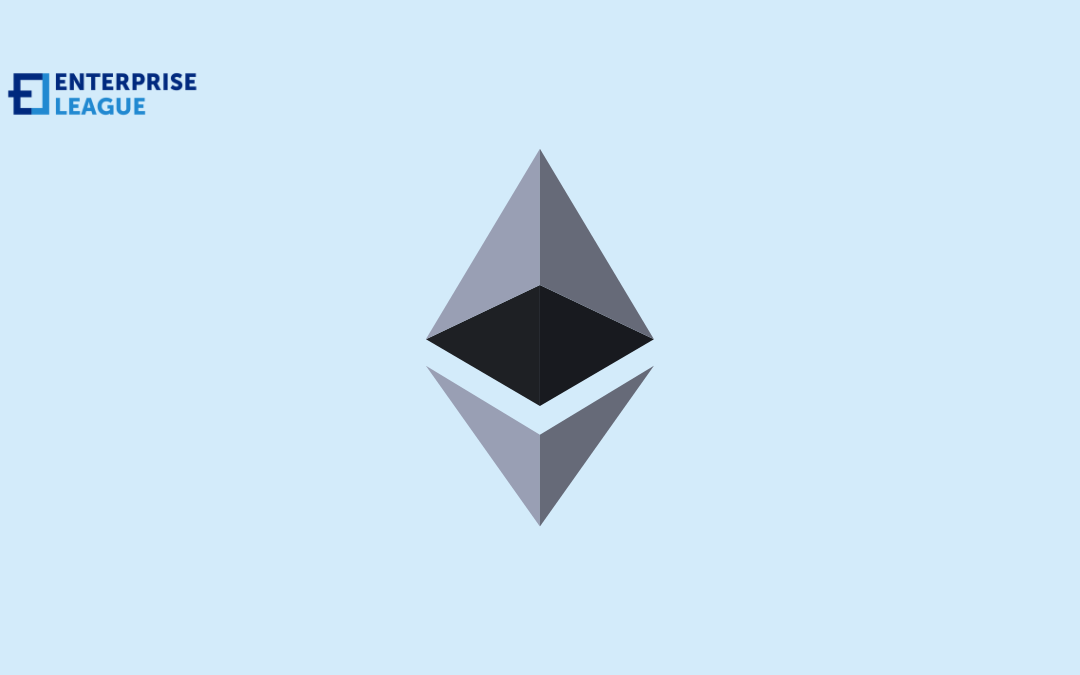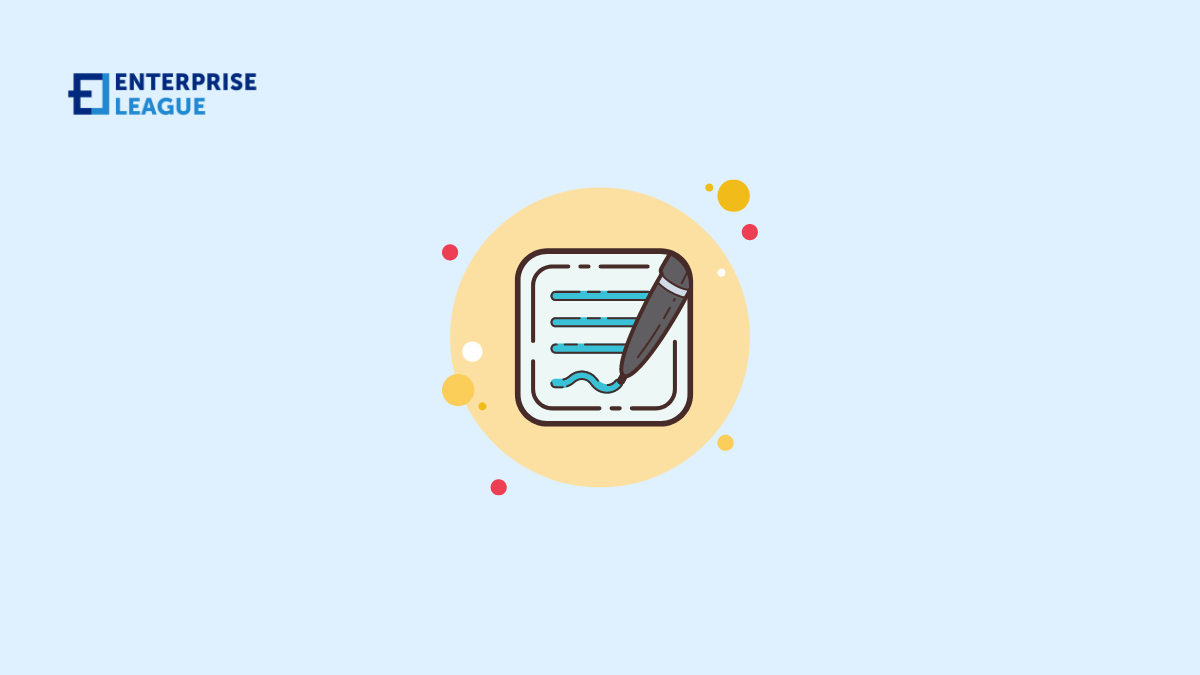Garage doors are essential for businesses with vehicles or inventory, helping prevent theft and improve insulation. Plus, their appearance can contribute to the business's image and reputation. That said, it's important to find the right professionals who can supply...

Benefits of video translation for product localization (2025)
Expanding into international markets is a strategic goal for many businesses looking to grow and increase their global presence. However, language and cultural barriers can pose significant challenges to successfully entering these markets.
This is where AI video translation comes into play, offering an efficient and effective solution for product localization.
Lets explore the benefits of video translation for product localzation, specifically from Spanish to English, in the context of product localization.
Perks of video translation for product localization
We will highlight the advantages of video translation for product localization over traditional translation methods, focusing on quality and speed.
Breaking language barriers
Language is a powerful tool that can either connect or hinder communication. To effectively reach international markets, businesses must break through language barriers and ensure their products and marketing materials are accessible to a diverse audience. AI video translation provides an efficient solution, enabling businesses to translate their product videos from Spanish to English accurately. By doing so, they can effectively engage with English-speaking customers, expanding their reach and tapping into new markets. AI video translation serves as a bridge that connects businesses with international consumers, opening doors to global success.
Quality localization
When it comes to product localization, maintaining the integrity and quality of the content is paramount. AI video translation excels in preserving the original message and intent of the product videos. By leveraging advanced algorithms and machine learning, AI technology ensures accurate translations that capture the nuances and context of the content. This attention to detail is essential for delivering a seamless user experience and establishing trust with the target audience. With AI video translation, businesses can confidently present their products in English-speaking markets, knowing that the localization is of the highest quality.
Speed and efficiency
In today’s fast-paced business environment, time is of the essence. Traditional translation methods often involve lengthy processes that can slow down time-to-market for localized products. AI video translation, on the other hand, offers unparalleled speed and efficiency. With its automated and streamlined approach, AI technology can quickly translate videos from Spanish to English, reducing the time and resources required for localization. This agility gives businesses a competitive edge by enabling them to enter international markets swiftly and seize opportunities before their competitors.
Cost-effectiveness
Cost is a crucial factor in any business decision, and localization efforts are no exception. AI video translation provides a cost-effective solution for product localization compared to traditional translation methods. By automating the translation process, businesses can significantly reduce expenses associated with manual translation services. Moreover, AI technology can handle large volumes of content efficiently, ensuring scalability without compromising quality. This cost-effectiveness allows businesses to maximize their return on investment in product localization and allocate resources to other critical areas of expansion.
Enhanced user experience
The success of product localization relies on connecting with international customers on a personal level. AI video translation enhances the user experience by offering content in the customer’s preferred language. English-speaking customers can now access and understand product videos seamlessly, leading to increased engagement and a stronger connection with the brand. By tailoring the product experience to the local market, businesses can build trust, loyalty, and long-term relationships with international customers.
Conclusion
AI video translation plays a pivotal role in product localization, enabling businesses to reach international markets and connect with English-speaking customers effectively. By leveraging the power of AI technology, companies can break language barriers, deliver high-quality localized content, accelerate time-to-market, maximize return on investment, enhance the user experience, and gain a competitive advantage.
More must-read stories from Enterprise League:
- Unique ways to show your employees you care about them.
- Why hiring millennials might be the best decision you can ever make.
- The only list of novels for entrepreneurs that you will ever need.
- The importance of customer-focused strategy for your business.
- Find out how to turn your hobby into a business.
Related Articles
Who Are the Top-Rated Garage Door Professionals in Charleston – 8 Options for Homeowners
Who Offers the Best Value Playground Installation Services in Georgia – 7 Options for Administrators
In Georgia, playgrounds are vital community spaces for children to explore, socialize and develop essential life skills. The demand for safe and engaging equipment is strong, making quality installation increasingly important. An expertly installed playground ensures...
Small Landscaping Businesses Disrupting Industry Giants With Remote Technology
Small yard care and garden maintenance companies have traditionally relied on word-of-mouth referrals and building strong personal relationships with local customers. Now, remote technology is transforming how these small businesses compete with major corporations. By...
5 Best Employer of Record Services in UK to Navigate Brexit Compliance
The United Kingdom offers a highly skilled, multilingual workforce with particular strengths in financial services, technology, creative industries, and life sciences. Despite Brexit's impact on EU labor mobility, the UK remains a global talent hub with strong...
The Mirage of the ‘Next Big Coin’ and How Price Hype Tricks Even Smart Investors
Every several months, a new coin becomes "the next Bitcoin" product. But beneath the headlines, the experience of tripping over hype is much more unpalatable. Spikes can dazzle the mind, but aftershocks find wallets a dollar lighter as lessons prove more difficult....














